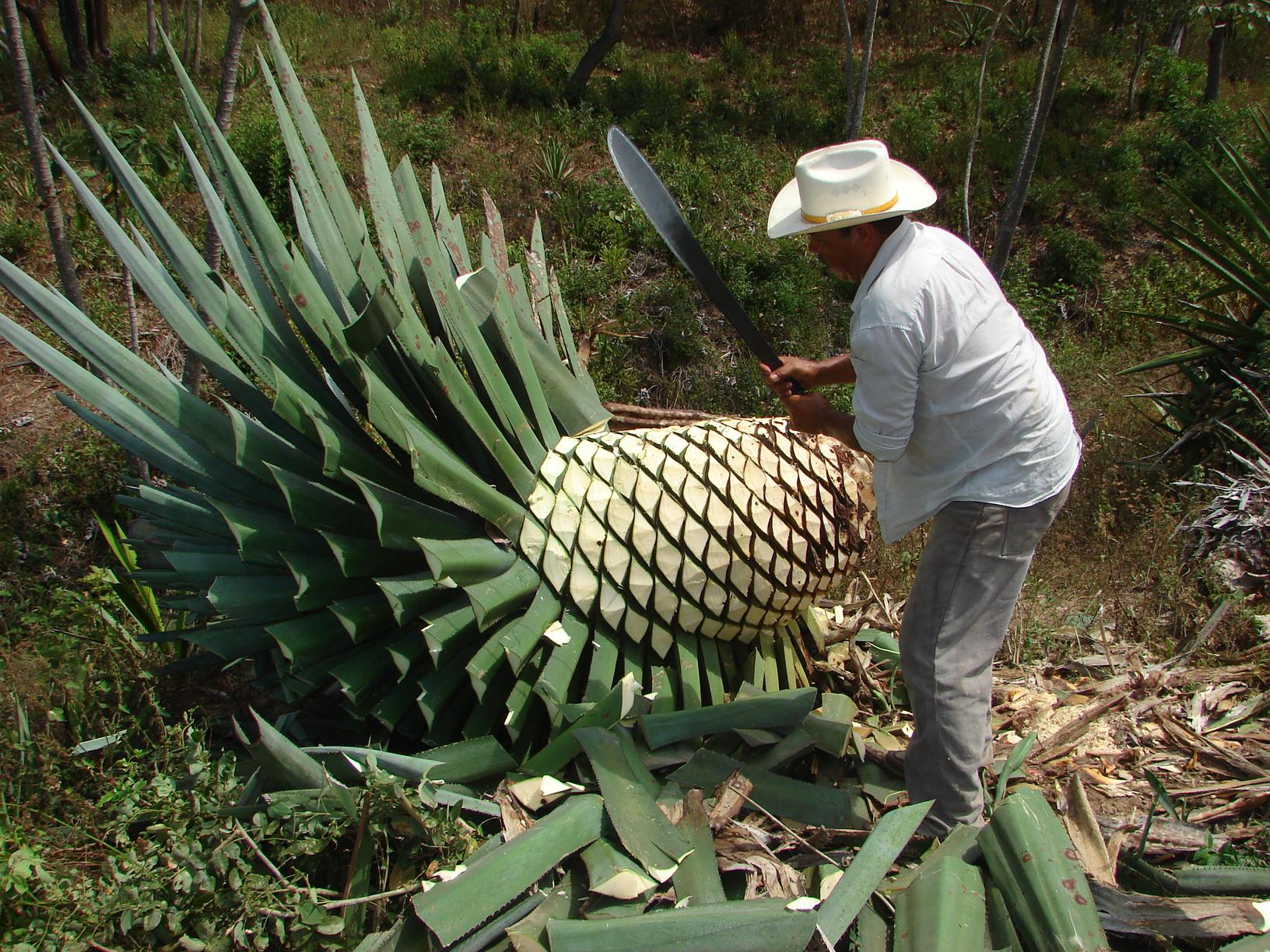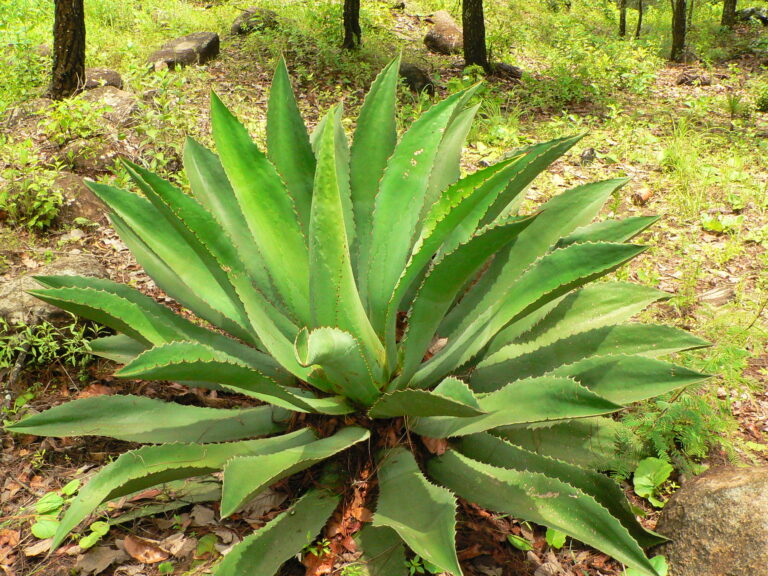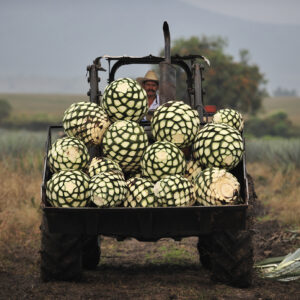
Puerto Vallarta Raicilla Route

By Paco Morás
May 19, 2022
Raicilla is a beverage that comes from Jalisco’s Western Sierra and the state’s coast. This agave derivative received its denomination of origin on June 28, 2019, paving the way for distillates in Jalisco and parts of Nayarit. You may use raicilla in cocktails, pair it with nuts or citrus, or just drink it plain to get a sense of its artisanal flavor. It is now a very popular drink in Puerto Vallarta.
What is Raicilla?
Raicilla comes from two wild agaves: agave Maximiliana or agave Enaequans. However, there are those who distill other varieties such as agave cenicillo, better known as agave angustifolia. This distillate is notable for its strong aroma, which includes smokey and herbal elements.
According to raicilla specialists, a “quality raicilla” must contain more than 46 percent alcohol. That’s why you sip it with reverence, as if lovingly kissing it. Its elaboration is still handmade, so mass production is not for this spirit.
From the highlands to the coast of Puerto Vallarta
The Raicilla Route, which runs from the highlands to the shore of Puerto Vallarta, is a must-see for all foodies with a wanderlust. Of course, the raicilla is the star of this journey, which involves getting to know Puerto Vallarta through its flavors and distillates. You will be greeted with a drink of the desired raicilla in every location along this road, so be prepared to drink it on this journey.
The Raicilla Route includes locations such as Colibrí and restaurants in downtown Puerto Vallarta or Raicilleras such as La Lulú, as well as artisan producers in the area of El Tuito such as Hacienda El Divisadero, and haciendas in Jalisco’s picturesque villages such as San Sebastián del Oeste, Mascota, and Talpa de Allende.
How do you make raicilla?
The production of raicilla is a lengthy process that can take up to ten years. It takes at least seven years for an agave plant to mature and be ready for distillation. Also, you have to add the time for cooking, distillation, jimada, fermentation, and other agave-derived beverage-making steps .
You may also like: Pozole, Mexican ancient history in every dish
Plant Jimacion
The jimacion is the initial step. The “jimadores” here use axes or machetes, as well as a lot of power, to chop the stalks from which the agave’s “pineapple” is collected.
Pineapple Baking
The second process involves baking in a conical oven beneath the earth enclosed by bricks. You place volcanic stone, firewood, and agave within the oven. After that, you cover it for 72 hours to cook. Depending on the region where the raicilla comes from, this stage may change. In the highlands, producers cook the agave in a masonry oven.
Pineapple Crushing
The third stage, crushing, is one of the most difficult because it demands a lot of physical strength. The pineapples are arranged in a canoe-like structure made of tree trunks. Agaveros hammer the pineapple with wooden mallets until fully destroyed or crushed. This task can take up to ten hours to complete.
Juice Fermentation
Fermentation is the fourth phase. here, you place the crushed pineapples in containers to allow the yeasts to work. For 10 to 16 days, leave them to rest. It is critical that no harmful germs contaminate the mixture, as this will ruin the entire production.
Raicilla Distillation
Distillation is the fifth and last phase. You have to distill the liquid twice in the raicilla. The first time in a copper or steel still. The second is a millenary procedure that uses a Philippine still left to distill for 24 hours. You can see how the hot raicilla streams to the end, ready to consume.
Have you taken the Raicilla Route tour yet? If you have, tell us about your experience. If you haven’t, now is the time to enjoy it!
More Things To Do
------ADVERTISEMENT------
------ADVERTISEMENT------
------ADVERTISEMENT------
------ADVERTISEMENT------


